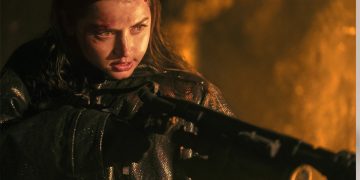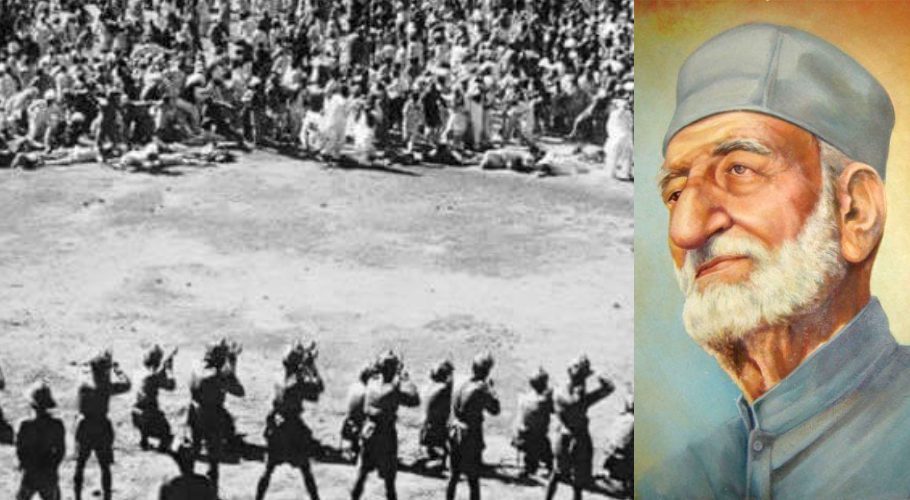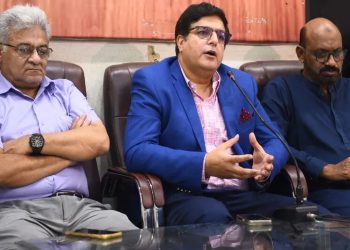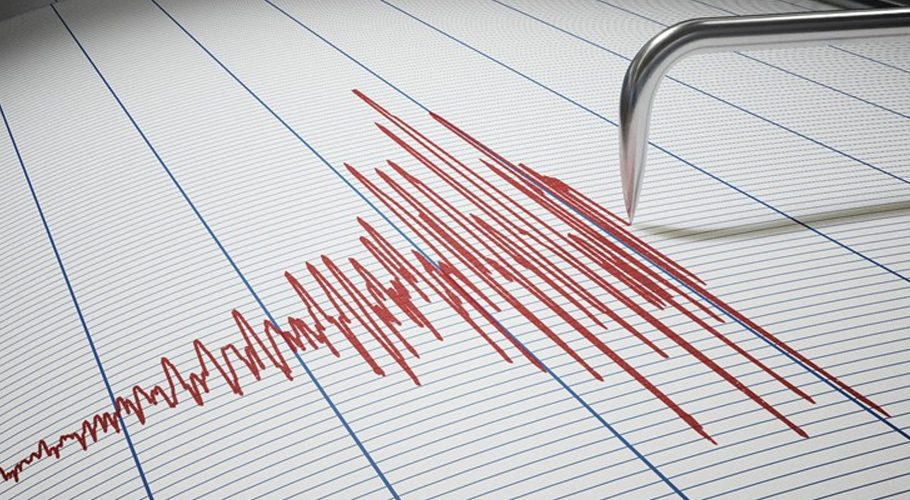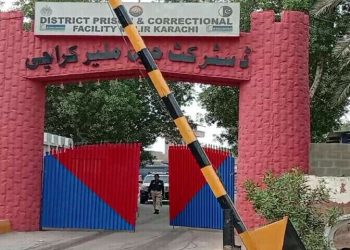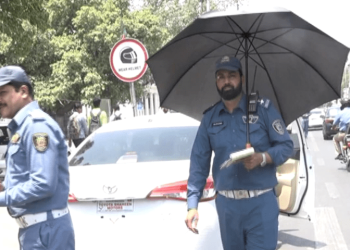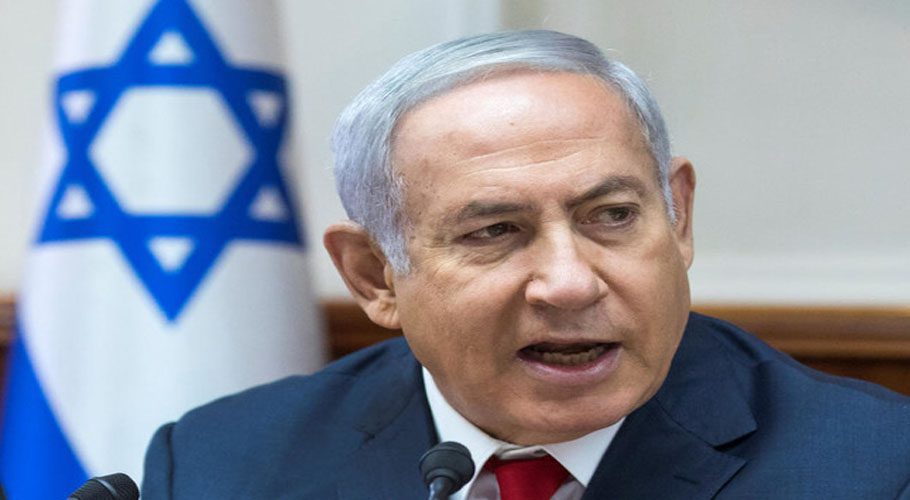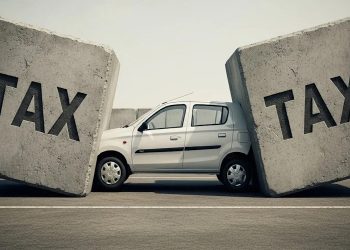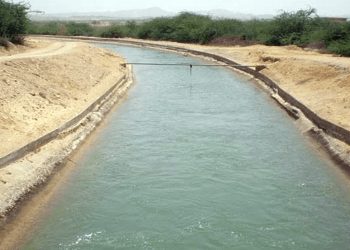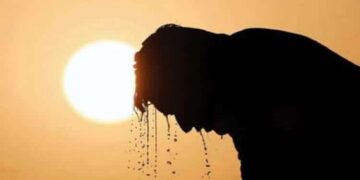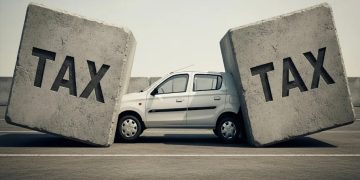The Awami National Party (ANP) is observing the 75th anniversary of the Babrra Massacre in which over 600 people lost their lives after a mass shooting in 1948.
The Babrra Massacre was a mass shooting on 12 August 1948 in the North-West Frontier Province (NWFP), now named Khyber Pakhtunkhwa.
According to official figures, around 15 protestors were killed while around 40 were injured. However, Khudai Khidmatgar maintained that around 600 were killed and 1500 were injured.
It happened on Babrra ground in Charsadda District on the order of the chief minister of NWFP Abdul Qayyum Khan Kashmiri.
Background
The Khudai Khidmatgar was a non-violent peaceful Pashtun movement led by Abdul Ghaffar Khan, known as Bacha Khan.
The movement initially focused on reforms for Pashtuns under the British Raj and later focused on the independence of colonial India from British rule.
In 1937, the movement won the elections for the NWFP in alliance with the Congress Party. Bacha Khan’s brother, Khan Abdul Jabbar Khan, known as Dr Khan Sahib became the provincial chief minister.
The movement also won an absolute majority in the 1946 Indian provincial elections. received a majority of 33 members in the Assembly out of total membership of 50.
The NWFP joined Pakistan as a result of the 1947 referendum which had been boycotted by the Khudai Khidmatgar.
Massacre
Governor-General Muhammad Ali Jinnah dismissed the government of Dr Khan Sahib in NWFP. Abdul Qayyum Khan Kashmiri was appointed as the new chief minister of the NWFP on 23 August 1947.
The new provincial government imprisoned Bacha Khan, deposed chief minister Dr Khan Sahib, and some other notable figures of the region.
In July 1948, Governor NWFP Ambrose Flux Dundas promulgated an ordinance, authorizing the provincial government to detain anyone and confiscate their property without giving a reason.
On 12 August 1948, supporters of the Khudai Khidmatgar movement protested against the arrest of their leaders and the new ordinance enforced by the government.
The protesters marched from Charsadda to Babrra ground. However, when they reached Babrra ground, Abdul Qayyum Khan ordered the police to open fire on protesters.
Police ordered the gathering to disperse and immediately opened indiscriminate fire on the assembled congregation.
Many people struck with bullets began to fall to the ground.Many drowned in the Kabul River while trying to flee in the river because all other exit routes had been sealed by the police.
More than 600 people lay dead and about 1,500 were critically wounded. The firing stopped only when the police ran out of ammunition.
Aftermath
According to official figures, around 15 protestors were killed while around 40 were injured. However, Khudai Khidmatgar maintained that around 600 were killed and 1500 were injured.
In September 1948, the government banned the Khudai Khidmatgar movement and many supporters were arrested. The provincial government destroyed its centre at Sardaryab, Charsadda District.
The massacre was never probed impartially. Just days later, Pakistan celebrated its first anniversary after independence.
In July 1950, former prime minister Huseyn Shaheed Suhrawardy said at a large gathering in Dhaka, East Bengal, “The barbarous massacre of the Red Shirts (Khudai Khidmatgars) committed at Charsadda in 1948 surpassed the Jallianwala Bagh massacre committed by the British in 1919.”



